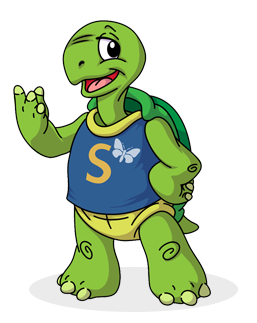Phonics
Today’s sound to recap is /ir/. This is a digraph which means two letters working together to make one sound. The I and the R making the /ir/ sound is usually seen in the middle of words.
Visit phonics play https://www.phonicsplay.co.uk you will find the game ‘Picnic on Pluto’ in the ‘free phonics play’ section. Click on ‘Phase 5’ which is down the side of the screen on a pink tab and then scroll down to the game ‘Picnic on Pluto’ you then need to select ‘Phase 5’ again and it will ask you to choose your sound. Today choose ‘ir’. We have played this at school so the children will be familiar with it.
Next Segment and write these words together…. bird girl whirl twirl birth first
Finally write a silly sentence using these words. For example, First twirl and then whirl the bird said to the girl.
English – a MASSIVE thank you to everyone who sent an instruction video. It really made my day. They were amazing!!!!
We have come to the end of instruction writing now. You have all done a brilliant job, well done.
Today can you use the word bank that was sent home. You will see there are different words in columns, each column a different colour (red, blue, green and orange). Use these to practise your sentence writing skills, and applying the suffix -ed at the end of words. In this word bank I have given you all the words – jiggle them around to make silly sentences and then draw the picture to go with it. Just like we have done together at school. For example…. The funny teacher danced in his pants!
Use today to work together creating as many different sentences as you can from the same bank of words. Tomorrow I am going to ask you to create you own word bank (with adult support) and repeat the activity.
It is all about building sentences – by changing the adjective alone you could write 4 different sentences (modelled below). Remember, the words are there for you. So you can really concentrate on using capital letters, finger spaces, punctuation and perfect letter formation consistently!!
The silly teacher danced in his pants! The funny teacher danced in his pants! The greedy teacher danced in his pants! The tiny teacher danced in his pants!
Maths No Problem -Multiplication
In Focus task – page 44 textbook – making doubles.
Look at Sam by the photocopier. Ask them what they think a photocopier does and then discuss this. What would happen if we double something. Have a set of counters or any objects ready to use (the same objects if possible as this makes it much easier to visualize) . Explain that you are going to double the counters/objects without a photocopier. Ask them how you could do this? Look again at Sam holding the picture of two houses. What will happen if we double it? Prompt them to understand that doubling is making an exact copy. It is exactly the same again.
Lets Learn – Look at the pictures of 5 apples in the ten frame. Ask them what would happen if we doubled it. How many would there be? Then show them the picture of the beanstalk. What would happen if we doubled it? Expect them to say there will be two of them and redirect them by asking what if it doubled its height; how tall would it be? Focus on counting the cubes on the smaller beanstalk, there will need to be exactly the same amount again. Try the activity – if you do not have a dice dont worry, you can just say a few numbers. Stick to numbers below 10.
Guided practice – use the tens frames that were sent home. We have used these lots at school – one dot goes in each square. It is modelled in the textbook using fruit so the layout is clear. Look together at how many there are. Now double it by showing exactly the same amount in your tens frame. Keep practsing this at home – it is quite tricky to begin with!!
Workbook – complete page 44. ‘Worksheet 4 Making Doubles’. At school the children would try to work through these questions independently with an adult to guide them through what the question is asking for, reading when needed and modelling where to write the answers. If you are able to support this at home that would be great, the aim here is for children to apply the skills they have just practised.



